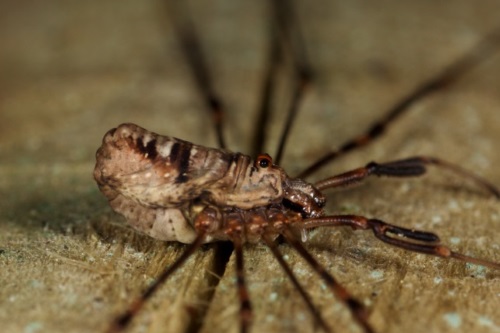Invasive non-native species (INNS) are considered the second biggest threat to global biodiversity following habitat loss, causing impacts through consumption, resource competition, introduction of diseases, interbreeding and disturbance. They can have economic, agricultural and health impacts, with an estimated cost to the English economy of at least £1.3 billion per year. They also present a significant risk to the favourable condition of England’s protected sites.
 Exegesis were contracted to investigate the distribution of non-native species on protected sites in England, in order to help develop a programme of work to tackle INNS. This involved:
Exegesis were contracted to investigate the distribution of non-native species on protected sites in England, in order to help develop a programme of work to tackle INNS. This involved:
- the development of a master list of 3,687 non-native species (NNS)
- the collation of nearly five million records from the National Biodiversity Network (NBN) Gateway and a range of Natural England and third party datasets
- spatial analysis of NSS distribution against Special Area of Conservation (SAC), Special Protection Area (SPA) and Site of Special Scientific Interest (SSSI) boundaries in SQL Server
We presented the results in Microsoft Excel workbooks showing the NNS that had been recorded from each site. Each spreadsheet could be filtered, allowing only the data within a specific site or region to be displayed. This showed that 98% of SACs, 99% of SPAs and 87% of SSSIs had records of NNS. Potential INNS intersected with 90% of SACs, 96% of SPAs and 75% of SSSIs.
The results for seven sites were reviewed against on the ground knowledge by Natural England site staff to determine any differences. We also made a comparison against data in Natural England’s ENSIS database. These comparisons demonstrated the case for increasing data flow by increasing awareness.
Based on the results, we undertook a review of the recording, systems and data flow processes within Natural England. We recommended and costed the use of the NBN Gateway as a data repository and the use of existing Natural England systems for recording and interrogating INNS data. Additional recommendations were made to improve data flow more generally.
Read the report.
Further information from Claire Lush.